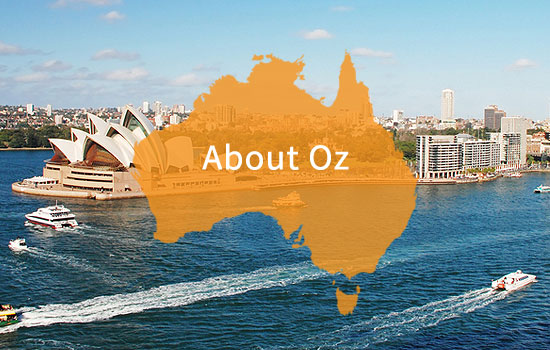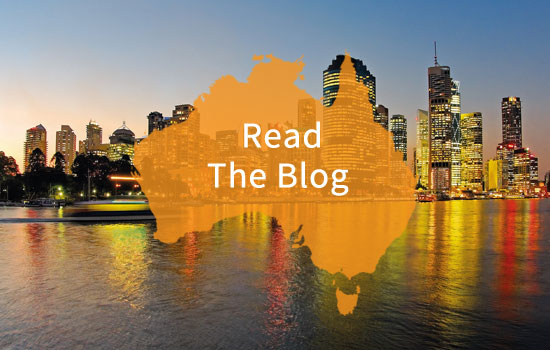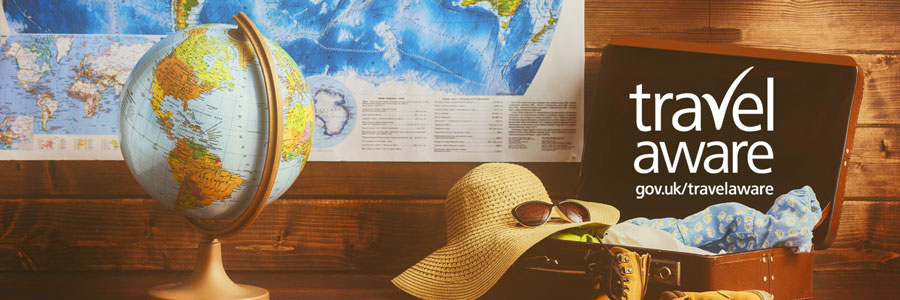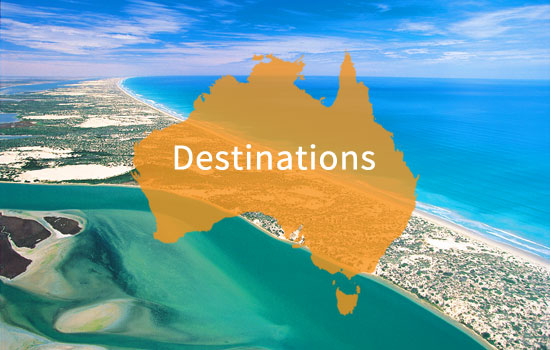Limestone Coast
Coorong National Park, Limestone Coast, SA. Photo credit: Adam Bruzzone/South Australian Tourism Commission
Limestone Coast
The low-lying land of SA’s southeast was underwater as little as 2 million years ago. The result is a rich and fertile land of caves and lagoons – South Australian natural attractions 20 million years in the making.
Things to do on South Australia’s Limestone Coast
The Coorong
From the lagoons at the Murray Mouth (where the Murray River meets the Southern Ocean) the Coorong National Park stretches 140km along the coast.
Its name could derive from the local aboriginal word for ‘long neck’ (referring to the shape of the lagoons near the Murray Mouth) or the sand dunes which line the coast. Whichever, the lakes and waterways make a glorious place to sail and fish. Camping on the dunes is allowed and the trails are great for spotting and snapping the grey kangaroos, sand dragons, echidnas, wombats, emus, swamp harriers and sea eagles.
The beauty of The Coorong is that the Princess Highway runs alongside it. As a result the majority of the park is easily accessible and you can make your walks as short or as long as you like.
The Shipwreck Coast
Explorer Matthew Flinders wrote, “I have seldom seen a more fearful section of coastline.”
He wasn’t kidding. 101 ships have sunk here, with 218 lives lost in the last couple of centuries. The coast is rich with horrific stories of maritime misadventure. You can explore the history of the area on the Southern Ocean Shipwreck Trail running from the Murray Mouth to the Victoria border.
To limit the danger, six lighthouses have been built along the coast at Kingston SE, Cape Jaffa, Robe, Beachport, Carpenter Rocks and Cape Northumberland. The latter had to be rebuilt when the original fell into the ocean – which just goes to show how treacherous the area is.
Mount Gambier
South Australia’s second largest city is named after the dormant volcano on whose slopes it sits. In 1800 the peak was the first feature sighted in SA. It was named after Lord James Gambier, Admiral of the Royal Navy, despite the fact he never sailed within a 1000 miles of Australia.
Back in 1800, the four craters at the summit all contained lakes. Two have now dried up, but the most famous remains. In winter Blue Lake is disappointingly grey, but in summer it becomes brilliantly cobalt-blue. No one is entirely sure why but it makes for one of South Australia’s most arresting natural attractions.
Visit The Lady Nelson Visitor and Discovery Centre for information on what to do and see in the area, including the nearby caves and sinkholes, coastline, rivers, lakes, wineries and Mt Schank, another dormant volcano 20 minutes to the south.
Piccaninnie Ponds Conservation Park
You’ll need a permit to dive or snorkel in these caves and sinkholes, but it’s well worth it as on a good day the light can reach depths of 40m. The ‘Chasm’ and ‘Cathedral’ are as magnificent as the names suggest.
Naracoorte Caves
South Australia’s only World Heritage site is near Naracoorte and it deserves a prominent place on your list of things to do in South Australia. The World Heritage trail stretches 1.3km from the Wonambi Fossil Centre to the Victoria Fossil Cave. On the way you’ll journey through 26 caves brimming with stalactites and stalagmites.
The Centre houses reconstructions of the megafauna (big animals) that lived here and examples of the fossils discovered locally, some of which date back 500,000 years.
Find accommodation in South Australia
Hire a car in South Australia
Wines of the Limestone Coast
When the sea receded it left behind soil rich in sediment. Which turned out to be good news for wine lovers:
Coonawarra
Coonawarra’s ‘terra rossa’ soil (created by the weathering of limestone) produces a famous Cabernet Sauvignon.
John Riddoch planted the area’s first grapes at nearby Yallum in 1890. The local highway is named after him.
Padthaway
Between Keith and Naracoorte on Riddoch Highway. Produces wonderful white varieties.
Wrattonbully
It may only have started attracting serious winemakers in the 1990s, but Wrattonbully’s Cabernet Sauvignon, Shiraz, Merlot, and Chardonnay are modern classics.
Mount Benson
By the coast, between Kingston SE and Robe. Known for its Cabernet Sauvignon since the 1980s.
Australia Is Big
Travel, explore and discover the world's largest island
Fascinating Reads
Top tips and quick reads about Australia
You May Also Be Interested In…
Show Me Australia
View our Australia destinations
Grow The Grapevine
Join our guest blogging community
Going To Australia?
Plan your trip here
Subscribe To Our Newsletter
Get the latest travel tips and info straight to your inbox.







